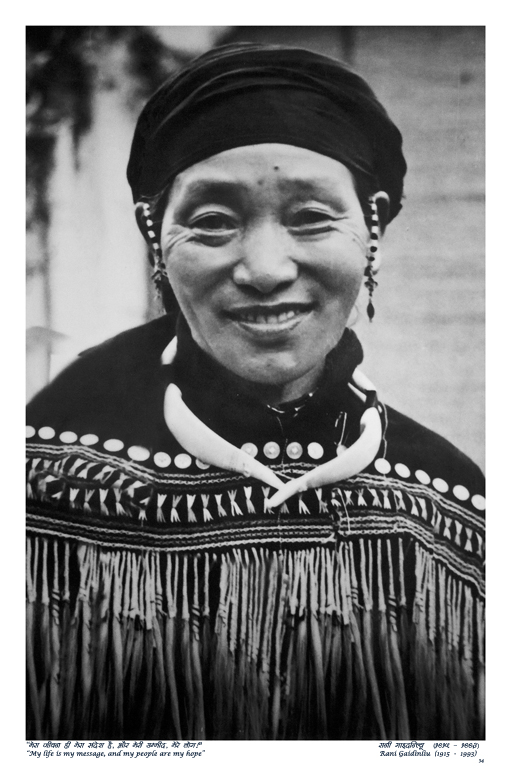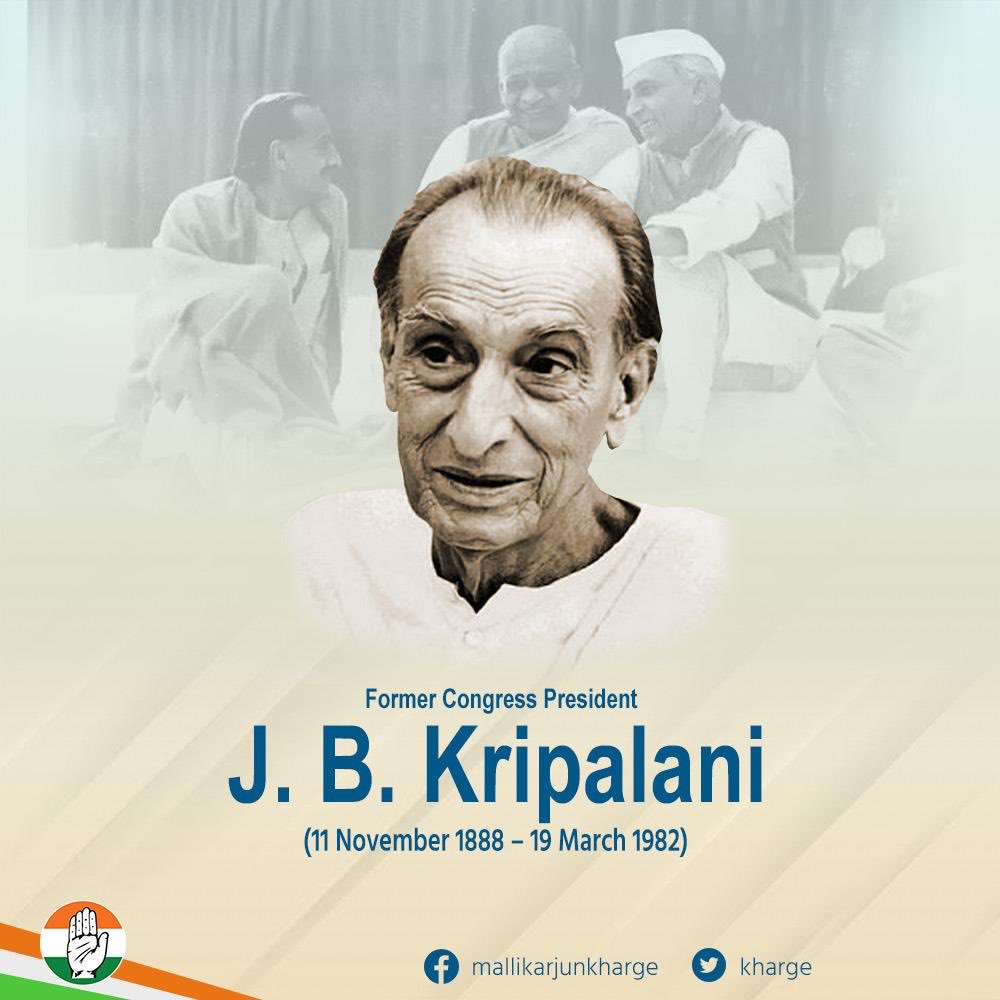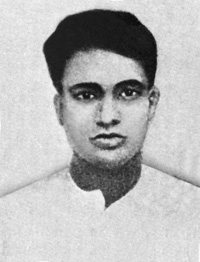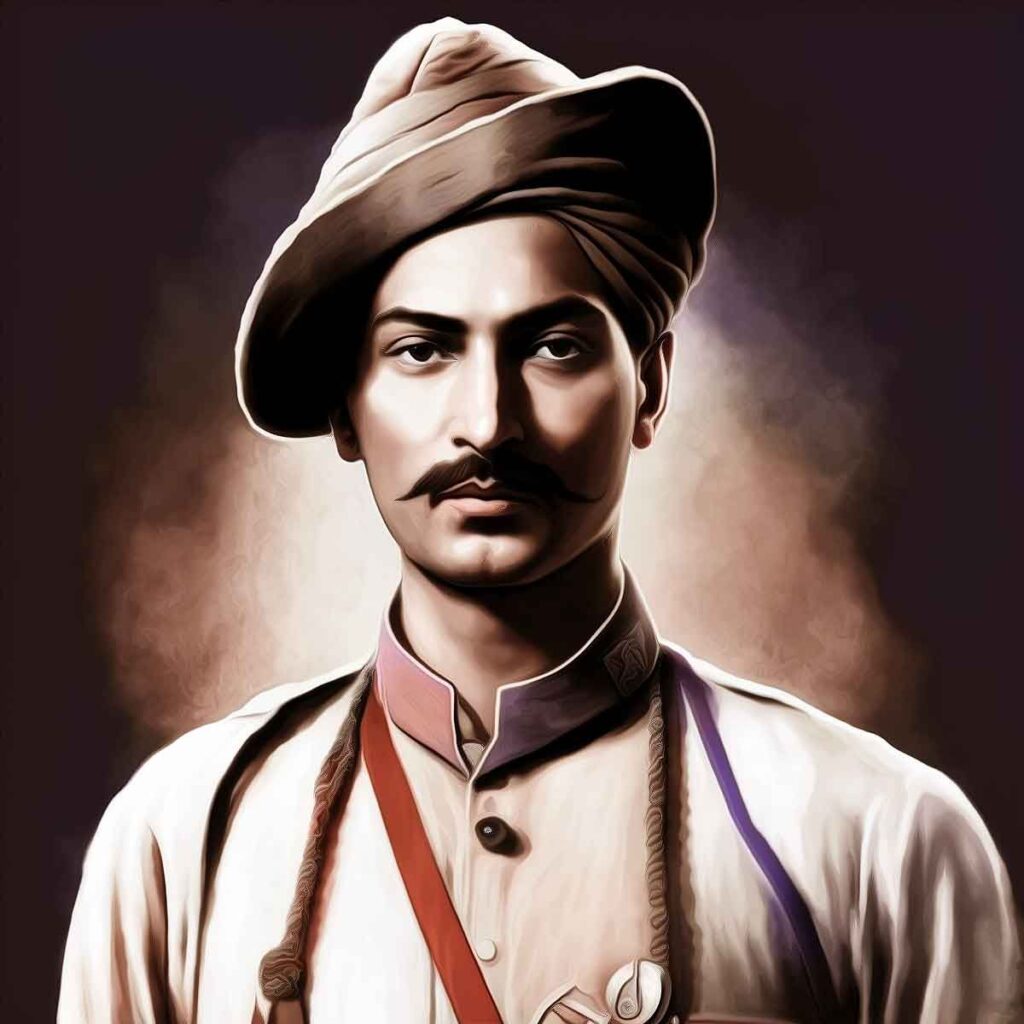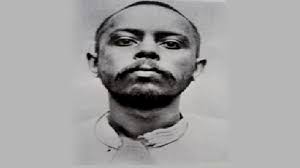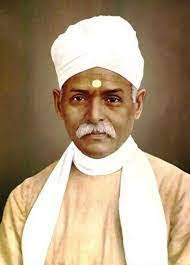Rani Gaidinliu, a name revered in the annals of Indian history, stands as a symbol of courage, resilience, and indomitable spirit. Born on January 26, 1915, in the remote village of Longkao in present-day Manipur, Gaidinliu emerged as a charismatic leader and revolutionary icon in the tumultuous landscape of India’s struggle for independence. Her life journey is a testament to the power of determination and the relentless pursuit of justice in the face of formidable challenges.
Early Life and Tribal Heritage
Rani Gaidinliu was born into the Rongmei Naga tribe, a community with a rich cultural heritage and a long history of resistance against external aggression. Growing up amidst the verdant hills and dense forests of the Naga Hills, she imbibed the values of bravery, self-sufficiency, and communal solidarity from her tribal elders. Gaidinliu’s formative years were shaped by the traditions and customs of her people, instilling in her a deep sense of pride in her indigenous identity.
Spiritual Awakening and Leadership
At the age of 13, Rani Gaidinliu experienced a profound spiritual awakening that would shape the course of her life. She claimed to have been visited by a divine spirit, which imparted to her a sense of purpose and a calling to fight for the liberation of her people from colonial oppression. Inspired by this vision, Gaidinliu began to assume a leadership role within her community, rallying her fellow tribesmen to resist the encroachment of British rule and defend their ancestral lands.
Opposition to British Rule
Rani Gaidinliu’s opposition to British rule was rooted in a deep-seated desire to protect the autonomy and sovereignty of her tribal homeland. She vehemently opposed the policies of the British colonial administration, which sought to impose alien laws and customs upon the indigenous peoples of the Naga Hills. Gaidinliu viewed the British as intruders and oppressors, and she resolved to challenge their authority through acts of defiance and resistance.
The Naga Club and Political Mobilization
In 1929, Rani Gaidinliu became involved with the Naga Club, a political organization founded by educated Naga intellectuals to advocate for the rights and interests of their people. She emerged as a prominent spokesperson for the club, articulating the grievances of the Naga people and mobilizing support for their struggle against colonial rule. Gaidinliu’s charismatic leadership and unwavering commitment to the cause earned her widespread admiration and respect among her peers.
Armed Resistance and Guerrilla Warfare
As the struggle against British rule intensified, Rani Gaidinliu embraced armed resistance as a means of confronting colonial oppression. She organized and led a guerrilla army composed of Naga warriors, launching raids and ambushes against British military outposts and colonial administrators. Gaidinliu’s tactics were characterized by their ingenuity and resourcefulness, as she utilized the rugged terrain of the Naga Hills to her advantage and employed hit-and-run tactics to evade capture.
Capture and Incarceration
In 1932, Rani Gaidinliu’s campaign of resistance came to a sudden halt when she was captured by British authorities following a fierce battle with colonial troops. She was subsequently tried and convicted on charges of sedition and rebellion, and sentenced to life imprisonment. Despite being incarcerated in the notorious Tura Jail in present-day Meghalaya, Gaidinliu remained defiant and unbroken, refusing to renounce her beliefs or betray her comrades.
Advocacy for Tribal Rights and Social Reform
Throughout her imprisonment, Rani Gaidinliu continued to advocate for the rights and welfare of tribal communities, both within and outside the confines of the prison walls. She campaigned for land reforms, educational opportunities, and the preservation of indigenous culture and heritage. Gaidinliu’s efforts helped to raise awareness about the plight of tribal peoples in colonial India and paved the way for greater recognition of their rights and aspirations.
Pardon and Post-Independence Activism
In 1947, following India’s independence from British rule, Rani Gaidinliu was granted a presidential pardon by Jawaharlal Nehru, then Prime Minister of India. She was released from prison after serving 14 years of her sentence, and returned to her homeland amidst a hero’s welcome. Despite her years of incarceration, Gaidinliu remained undaunted in her commitment to the cause of tribal empowerment and social justice.
In the years following her release, Rani Gaidinliu continued to be actively involved in political and social activism. She played a key role in the formation of the Zeliangrong Union, an organization dedicated to the advancement of the interests of the Zeliangrong people, a conglomerate of Naga tribes. Gaidinliu also worked tirelessly to promote education and economic development in her native region, founding schools and vocational training centers for tribal youth.
Recognition and Legacy
Rani Gaidinliu’s contributions to India’s struggle for independence and her advocacy for tribal rights have been widely recognized and celebrated. She was awarded the Padma Bhushan, one of India’s highest civilian honors, in 1982, in recognition of her lifelong dedication to the service of her people. Gaidinliu’s legacy continues to inspire generations of Indians, particularly those belonging to tribal communities, who see her as a beacon of hope and a symbol of courage in the face of adversity.
Conclusion
Rani Gaidinliu’s life journey is a testament to the power of resilience, determination, and unwavering faith in the pursuit of justice and freedom. Her indomitable spirit and fearless leadership have left an indelible mark on the collective consciousness of the Indian nation, serving as a source of inspiration for all those who aspire to create a more just, equitable, and inclusive society. As we commemorate her memory, let us reaffirm our commitment to upholding the values of equality, dignity, and human rights for all, in honor of the legacy of Rani Gaidinliu, the warrior queen of the Naga Hills.

